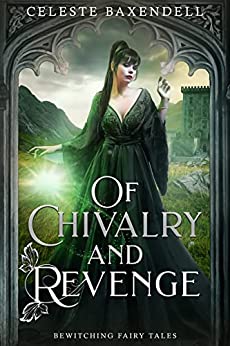Coroticus doesn’t understand why this skinny girl-child has bedeviled him from the moment he laid eyes on her. But when, on the deck of his ship, she speaks to him the identical words carved into his mother’s tomb, all he knows is he cannot let her go.
The premise of The Fury of Dragons is based on St. Patrick's fifth-century text, Letter to the Soldiers of Coroticus, in which he condemns the British chieftain who stole his converts and “gave girls away like prizes.”
https://www.amazon.com/Fury-Dragons-Roman-Britain-Spirit-ebook/dp/B074XGPGWQ/
Guest Post
Read on!
|
From ancient times, applying perfume has been an important daily ritual for the royals of ancient civilizations.
Perfume is frequently mentioned in the Bible, from the frankincense and myrrh of the Three Kings, to the fragrance of the myrtle tree. Religious rituals, as well as beautification, required the use of perfumes. The prophet Samuel anointed David, son of Jesse, as king with sweet-smelling oil. The ancient Romans used perfumes everywhere, even on the soles of their feet! |
Pomanders contained aromatic substances made into a ball and carried inside a round container pierced with holes. Often made of gold or silver and decorated with precious stones. Supposedly, it warded off disease, and in the time of plague were indispensable. However, a pomander couldn’t save anyone from yersinia pestis.
guinea pig. That’s right, it’s poop.
|
And a gray, waxy lump found in the gastrointestinal system of sperm whales gives us ambergris. However, although nicknamed “whale vomit,” it actually came out the other end of the whale.
Think about that the next time you read a perfume description. What I really want to know is how was this discovery made in the first place! Actually, the history of ambergris is fascinating. It is the most prized ingredient in expensive, high-end perfume. |
These substances at full strength are nauseating.
In my historical novel, The Fury of Dragons, I feature two precious perfumes. Justina, a Roman British matron, mentions Megalion. The recipe for Megalion came from Discorides, an ancient Greek physician. It contained cassia and cinnamon in a base of sweet flag root and olive oil with a touch of myrrh.
The extremely expensive Susinum, used by Minacea to anoint herself, contained lily, saffron, myrrh, and balsam. A long-handled spatula would scoop out a tiny amount of the precious perfume.
The alabaster perfume bottle in the top left photo is 2400 years old, excavated from an ancient Greek shipwreck in Turkey in 1999. The photo appeared in the March 2007 National Geographic magazine, courtesy of Courtney Platt.
So now you know what the butts of dead cats, the Crusades, scented feet, the Plague and whale vomit have to do with ancient perfumes!
-Renee Yancy-
|
Renee Yancy is a long time history and archaeology nut who has been living vicariously through historical fiction since she was a young girl. Now she writes the kind of books she loves to read—stories filled with historical and archaeological detail on every aspect of living in a different time period, interwoven with strong characters and a tale full of pathos and conflict. She wants to take you on a journey into the past so fascinating that you can’t put the story down.
|
It's Time For A Giveaway1
a $25 Amazon Gift Card
and winner's choice of a Paperback or Kindle copy of The Fury Of Dragons (USA)
for International readers an Kindle copy of The Fury Of Dragons
For entry #1 please comment on Renee's blog by clicking HERE
For entry #2 please subscribe to Renee's blog by clicking HERE















































 RSS Feed
RSS Feed













































































































